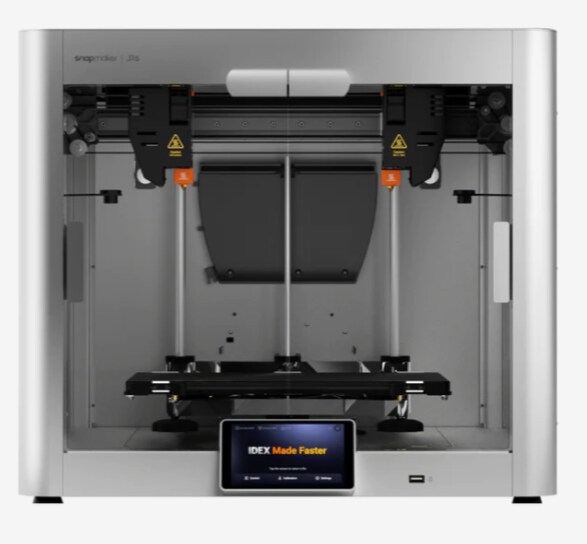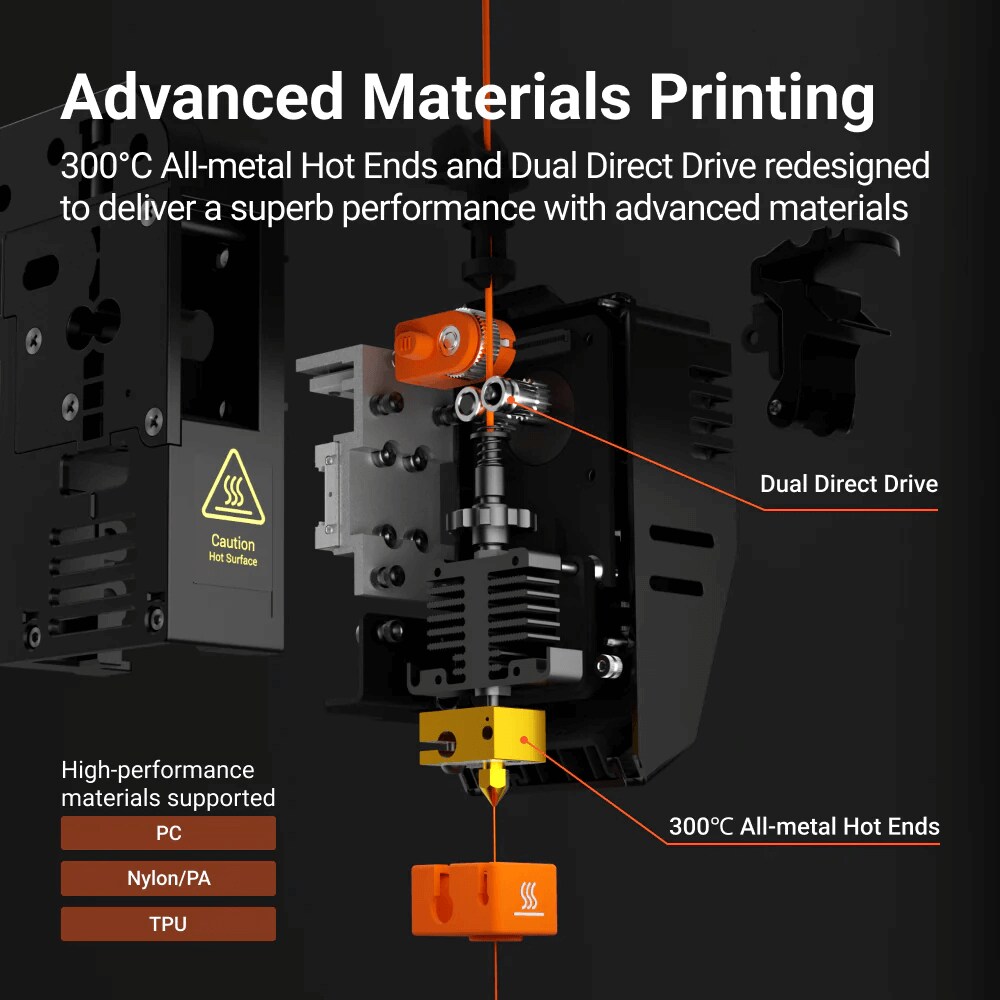In the realm of product development, time-to-market and cost-effectiveness are crucial factors for success. Rapid prototyping, the process of quickly creating physical models and prototypes, plays a vital role in accelerating innovation. With the advent of 3D printing, specifically advancements like the Snapmaker J1S 3D printer, has become more accessible, efficient, and flexible.

The Snapmaker J1S 3D printer's ease of use and intuitive software make it accessible to a wide range of users, from professionals to hobbyists. Its robust build quality and precise printing capabilities ensure that prototypes are accurate and detailed, providing a realistic representation of the final product. This empowers designers to iterate quickly, identify flaws, and make necessary adjustments early in the development cycle, ultimately saving time and resources.
Easy-Swap Hot Ends with Multi-Diameters
Traditionally, 3D printers were limited to a single nozzle diameter, which influenced the level of detail and speed achievable in the printing process. However, with the advent of easy-swap hot ends with multi-diameters, this limitation has been overcome. These hot ends allow for quick and seamless nozzle changes, enabling designers to select the optimal diameter for each printing task.
By using different nozzle diameters, designers can strike a balance between speed and detail. For large-scale prototypes, a larger nozzle diameter can significantly reduce print time. Conversely, for intricate parts that require fine details, a smaller nozzle diameter can achieve higher precision. This flexibility allows for rapid prototyping with varying levels of complexity, optimizing the printing process and accelerating product development.
Direct Drive 3D Printing
Direct drive 3D printing refers to a configuration where the extruder is positioned near the print head, minimizing the distance the filament travels before reaching the nozzle. This setup offers several advantages, especially for rapid prototyping. Firstly, direct drive systems excel in printing flexible and elastic materials, enabling the creation of prototypes with diverse physical properties. This is particularly beneficial in industries such as automotive, aerospace, and consumer goods where the performance of flexible components is critical.
Secondly, direct drive 3D printing facilitates faster and more precise extrusion control. This means that designers can achieve higher print quality, reduce the risk of failed prints, and ultimately save time and material costs. The improved control over filament flow also enables the printing of intricate geometries and fine details with greater accuracy, enhancing the overall quality of the prototypes.

The impact of 3D printing on rapid prototyping and product development is profound. Innovations like the Snapmaker J1S 3D printer, has revolutionized the way prototypes are created, accelerating the design iteration process and reducing time-to-market. As 3D printing technology continues to evolve, the boundaries of rapid prototyping and product development will be continually pushed, leading to even more remarkable innovations in the future.

No comments yet